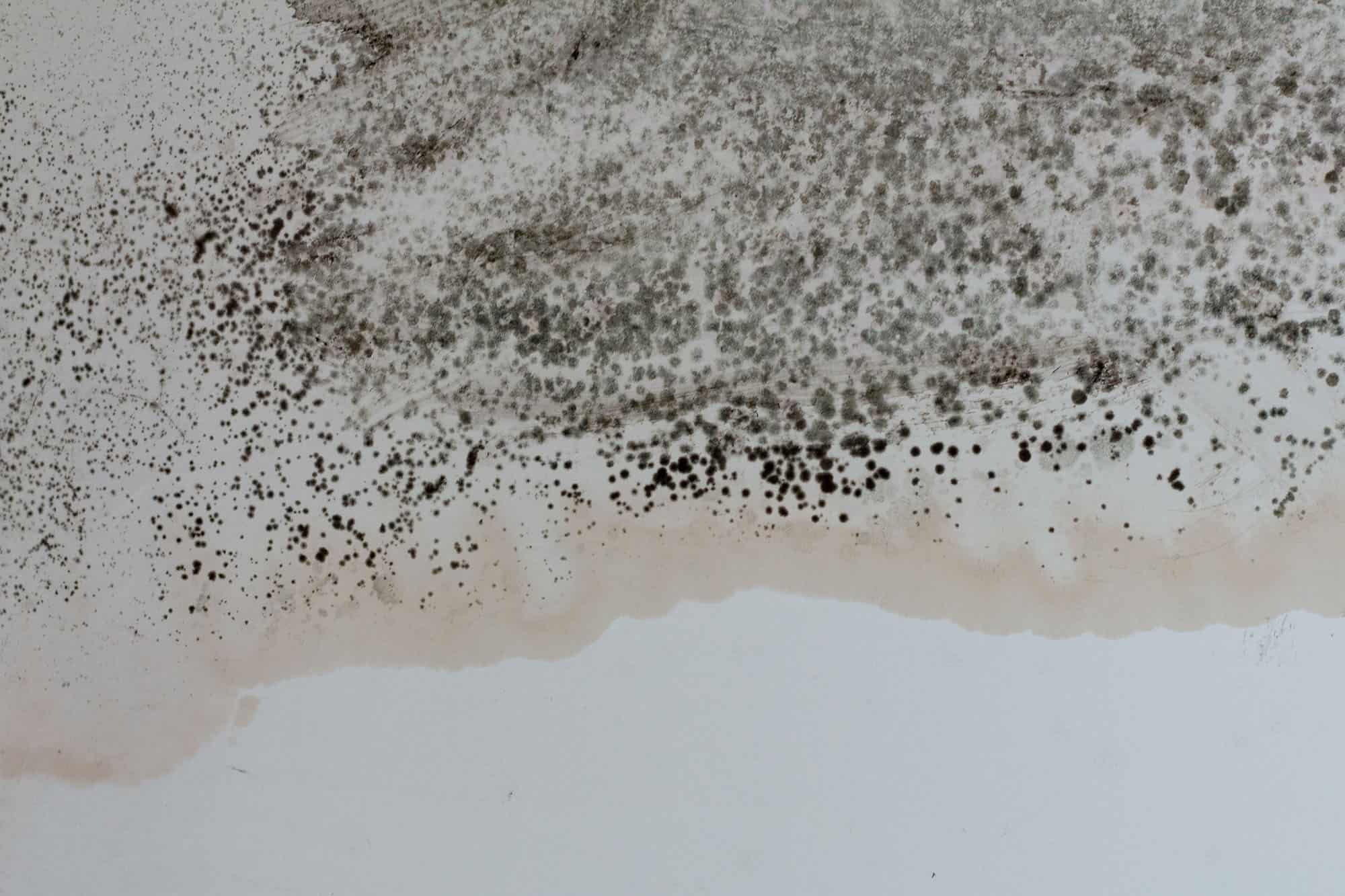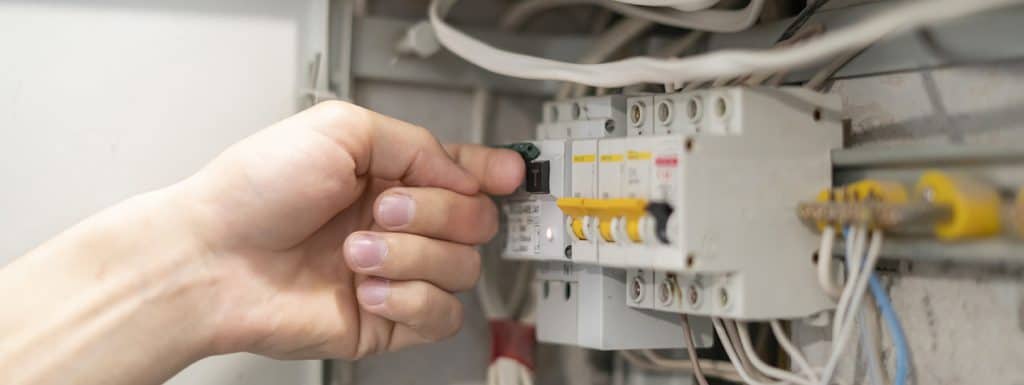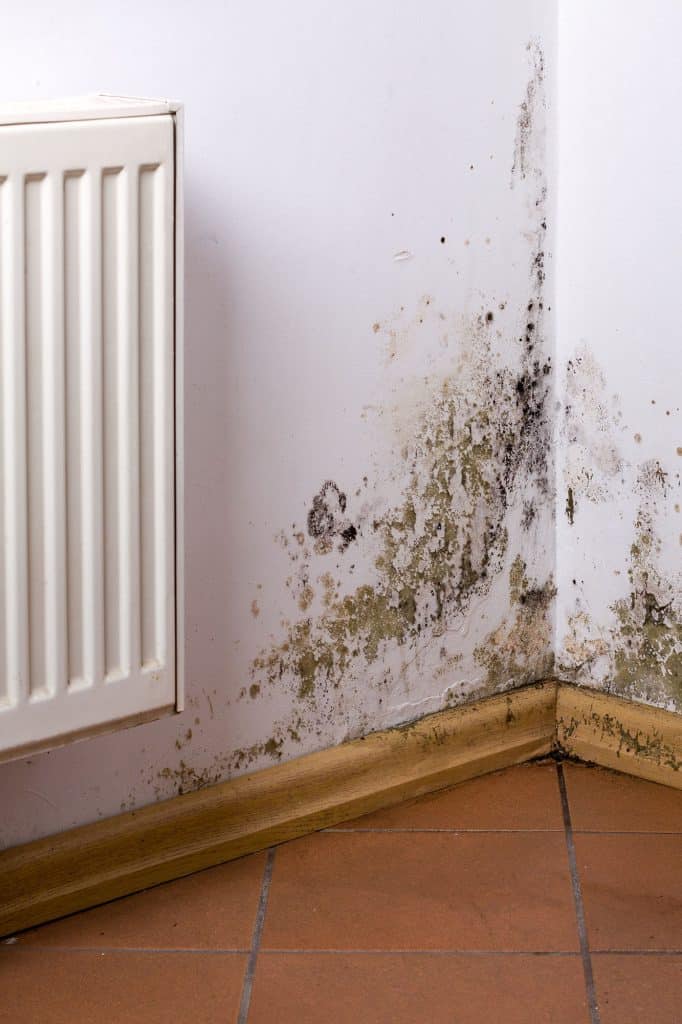
Any leaking pipe is bad news, but a leaking pipe behind walls is even worse, because it can often go undetected for a long time if it is a slow leak. Whilst you might not notice it, it will still do damage to your walls, floors, and ceilings, so knowing the signs of a leaking pipe behind walls is really important, so you can react to it appropriately and fix the problem ASAP before any more damage can be done! Moisture behind walls can compromise structural integrity and encourage mould growth, so it's really quite serious. But don't worry, this guide will take you through everything you need to know!
Table of Contents
The first thing you'll want to do if you suspect that you have a leaking pipe behind your walls is confirming it. To do that, you'll need to know the signs, and it involves using most of your senses (besides taste, because frankly, that would be strange).

The very first thing you need to do if you suspect you have a leak is switch off all the electrics in your house at the electric metre. This is the most crucial step and everybody should do it even if you aren't planning on fixing the issue yourself. Water and electrics don't mix, as you know. So it's important to keep a level head and do this first step, if nothing else.
Next, you'll need to inspect the walls in the part of the house you think the leak may be coming from. You'll notice wet spots and dark patches on the wall if there is a leak. This will give you an idea about where the leak is coming from, even if you aren't sure of its precise location just yet.
If you can't see any wet spots because you have dark painted walls, etc., then feel the wall where you think a leak might be. You'll notice that it feels as though it has been soaked, because it will be bumpy, and any wall paper might peel away easily. This is a sure sign that the leak is coming from a pipe behind the wall, rather than from elsewhere.
Another great way to locate the leak is with your ears. Listen closely against the wall. If you hear running water, like you're running a bath, then you have a large leak, and it's even more crucial that you react right away. If it sounds as though it is hissing or splashing, then you probably have a smaller leak, but this still needs seeing too ASAP.

If none of the above signs apply to you, then keep an eye out for mould and mildew. These build up when an area is damp, and often that is caused by slow leaks without you realizing it. Monitor your water bills and check to make sure there isn't a leak. It could also be because of moisture in the air (e.g. in a bathroom without proper ventilation) or because of blocked guttering on the roof, etc. Still, keep mould in mind in case it turns out to be a slow leak, so you know how to react.
Now you're certain you have a leak, but what do you do now? You could call a plumber if you aren't comfortable with the following tips, but the first three are good practice if you want to give the most detailed information to a plumber, so they can get the problem fixed quickly. Still, you should only do what you're comfortable with, so make sure you only do what you feel you can do successfully.
A moisture metre is a tool that can be used against walls to tell you where the most moisture is. This will pinpoint exactly where the leak is, so you can do the following steps accurately.
Once you're certain where the leaking pipe is behind the wall, take a utility knife and cut into the wall around 10 inches deep to create a guiding line for the saw you will use in the next section.
A drywall saw is designed for problems like this, so it's always good to have one on hand if you don't right now. Make sure the hole in the wall is large enough to fit your head inside alongside a torch, so you can look at the exact location of the leak, so you're ready to make a fix, or contact a plumber with the information they need.
The following steps are for those confident with DIY jobs. You'll be using a blowtorch and pipe cutter in this section, so if you aren't comfortable with these, stop here, and skip to stage 7.
Locate the exact location of the leak. In most houses, water will be cut off when a leak begins and water pressure drops, so you shouldn't have to turn off your water. If the water is still gushing out, then you will need to locate your emergency water stop tap and wait for the water to stop flowing from the leak.
Once located, use a pipe cutter to cut just below and just above the leak to remove that section of pipe.
Once you have the removed section, simply use a blowtorch and some metal to cover the leaking area and weld it shut to create a watertight seal again. Make sure you clean the pipe to prevent blockages when you reattach it.
In a similar way to how you used a blowtorch to fix the leak, use it again to reattach the repaired pipe to the old pipes in the wall. Ensure it is fully attached. If you turned the water off, turn it on again to test that the fix has worked.
This tip is the best fix for those who aren't confident with DIY fixes at home.
The best way to make sure the fix is done professionally is to contact a plumber. If you've followed all the previous steps before the optional DIY section above, then you'll have a lot of valuable information to pass on to the plumber, so they come prepared. If all you've done is locate the leak, you can still tell them enough information, so they come prepared enough, but the more information you gather beforehand, the better it will be.
Locating a leaking pipe behind walls is the easiest part. If, after doing this, you feel confident to proceed with the fixes suggested here, then you should do so to prevent further damage to your home. If, however, you don't feel confident, then contact an emergency plumber immediately and tell them about your issue, so they can come and fix it ASAP. The one thing you don't want to do is leave it. Doing so could be more costly because serious damage may occur. Act quickly, though, and there shouldn't be any lasting complications.
Enjoy this piece? Well feel free to read through other blog posts of ours, including a guide on Plastic and copper waste pipes and our look into the hot decorating trends to look out for this year.